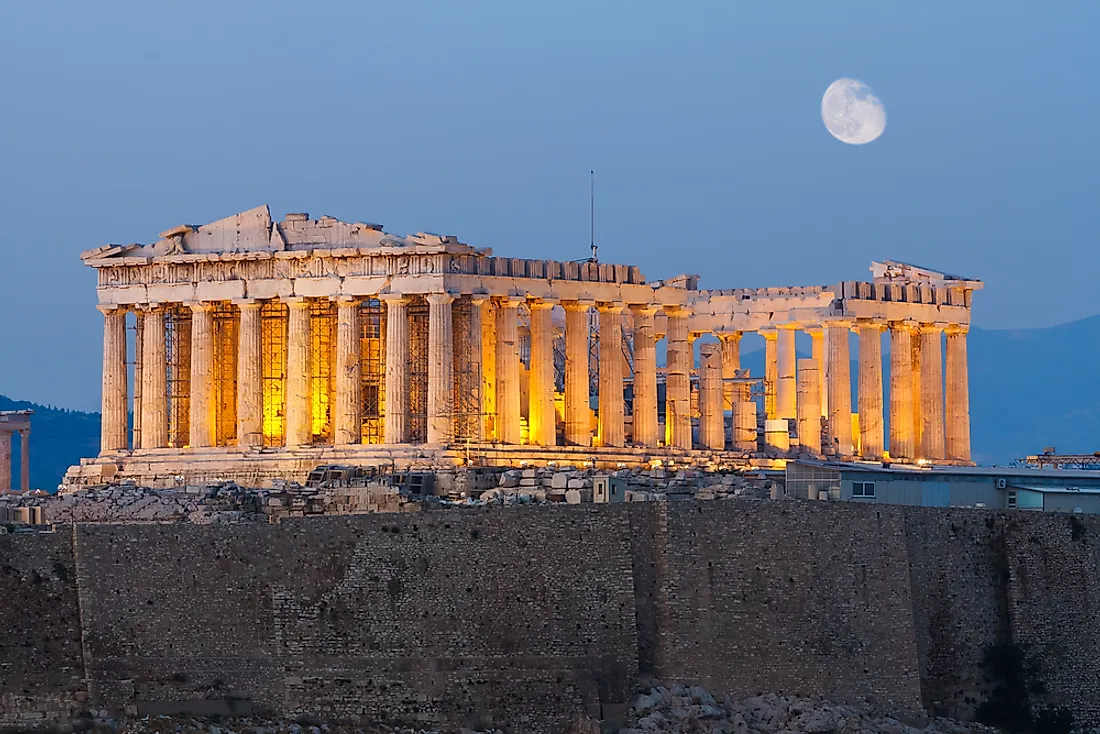Columns History
Table of Contents
| Corinthian Column [1] |
|---|
Column Design History
Stonehenge
One of the earliest example of Columns being used was the English structure Stonehenge. While other societies were present in this time period, the people who built Stonehenge were far less developed than others. The purpose of the placement of the stones was in relation to the sun and seasons, but its full meaning is not understood. Here, columns were simply large stone slabs placed upright to keep other slabs on top of them. It is not understood how (with the technology of the time) this structure was built. [2]
| Stonehenge (England) [3] |
|---|
Egyptian Architecture.
In ancient Egypt there were some of the first significant examples of complex usage of columns. Immense and complicated structures like temples or the pyramids required a higher level of thinking. Egyptians were not only some of the first to use stone columns, but also some of the first to stylize their columns with fluted capitals to look very developed. The columns here were used style and for large stone ceilings that had very low span, and as such columns had to be used in very close quarters to one another. [4]
Temple of Horus at Edfu
The temple of Horus at Edfu was a large temple created in the Ptloemaic kingdom around 257 BCE. It had a massive nature but was limited in its span. As such, columns were placed close to one another, as the stone ceiling would collapse otherwise. This temple is notable in its variety of styles of column. Each one was designed individually, with their capitals decorated uniquely. There was an understanding of what makes something aesthetically pleasing, and as such each column has its own style. [5]
| The Temple of Horus at Edfu (Edfu, Egypt) [5] |
|---|
Greek Architecture
The Greeks were obsesses with the nature of the human body, and this translated to different types of columns being made, which are known as orders. Over time projects, and columns used in them, became more ornate and fancy. A technique to unify the style of columns for the sake of aesthetic was to use drums of stone rather than large stone slabs. This meant that rather than using humongous stone slabs for the columns, smaller stone pieces were stitched together using iron. This meant that columns could be identical to one another, allowing for a greater sense of symmetry and beauty. [6]
The Parthenon
The Parthenon was a large Greek structure with columns supporting a spanning a rectangular ceiling. The plan of the structure is symmetrical and intentional, reflecting the symmetry of the human body. Greek temples and structures were always designed to have even features rather than odd, to ensure symmetry was endowed. Considered to be one of the most impressive structures from ancient Greece, it is hypothesized to be a large religious centre for the Greek people. [7]
| The Parthenon (Athens, Greece) [7] |
|---|
Greek Orders
The Greek's obsession with the beauty of the human body was reflected in their architecture. In particular, their column designs were developed to have a beauty to them which evolved over time. The different styles of column are referred to as orders, which became more ornate as time passed on. Orders of column mostly differed in the style of their capital, and as time went on the shaft of the columns became skinnier.
Doric Column These columns were the first to appear as a style of column. With a simple flat capital with minimalist engraving, the Doric column was used in the lower classes of Greek society. | Ionic Column Ionic columns were like Doric columns, with the notable exception of the swirl design at the capital known as the volute. The volutes were a representation of designs found in nature like spiral patterns on ram horns or nautilus shells. | Corinthian Column Corinthian columns were the last of the Greek columns, Great effort went to keep the design and engravings of these columns uniform throughout structures only left for the highest classes of society. Further emphasis on the beauty of nature in the leaf patterns | Composite Column Composite columns were a consolidation design between Corinthian and Ionic columns done by the ancient Romans. These were made with great effort to ensure unity among the types of columns, with the volute of the Ionic columns being added to the design of the Corinthian columns. [9] |
Contributors:
User Last Update Former user (Deleted) 1390 days ago Former user (Deleted) 1397 days ago Former user (Deleted) 1403 days ago


:max_bytes(150000):strip_icc()/Ecolumn-518628946-57e5ef0a3df78c690f200ebe.jpg)




